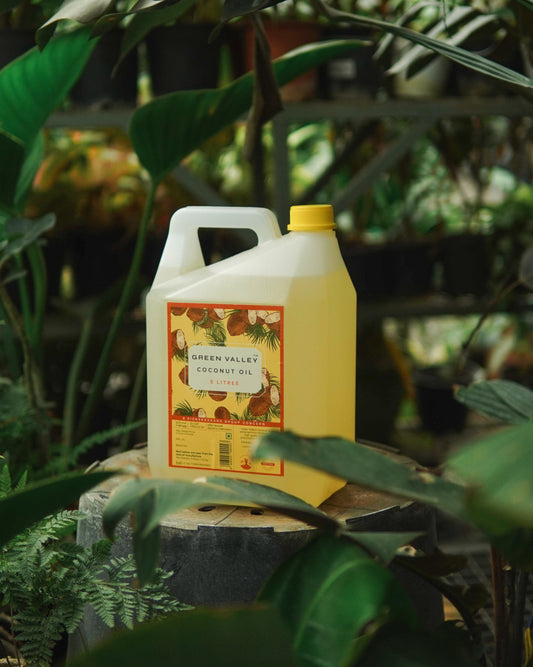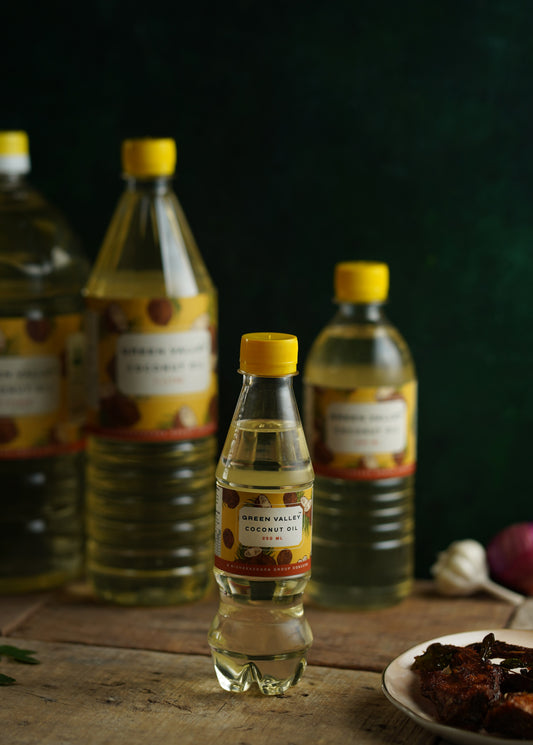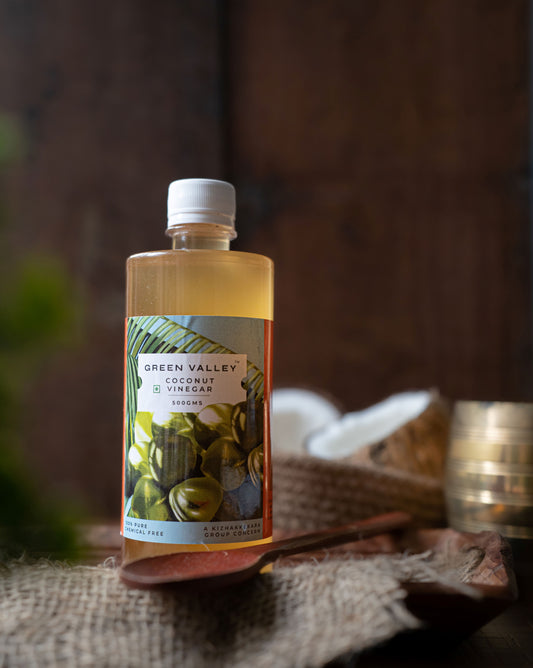Coconut water vinegar is a unique and flavorful vinegar derived from—you guessed it—coconut water. With its tangy taste and nutritional properties, it can be used for culinary, health, and even beauty purposes. While it may seem like something only a professional fermenter would tackle, making coconut water vinegar at home is surprisingly straightforward. All you need is patience, basic ingredients, and a sense of adventure. So, if you’re ready to ferment your way to tropical bliss, let’s dive into the process of creating your very own coconut water vinegar!
What You’ll Need:
1. Coconut Water – Fresh coconut water is best for making vinegar. Avoid any brands with added sugars, artificial flavors, or preservatives if using packaged coconut water.
2. Natural Sugar – This acts as food for the fermentation process. Raw sugar, cane sugar, or honey can work.
3. Vinegar Mother (Optional) – A “mother of vinegar” is a gelatinous substance containing acetic acid bacteria and cellulose, which kickstarts the fermentation process. If you don’t have it, don’t worry—fermentation will still happen naturally, though it may take longer.
4. A Clean Container – Use a wide-mouthed glass or ceramic container.
5. Cheesecloth and Rubber Band – To cover your container and protect the contents while allowing air circulation.
Step-by-Step Guide:
1. Gather Your Ingredients
- Start with approximately 1 liter (or quart) of fresh coconut water.
- You’ll also need about 2-3 tablespoons of natural sugar (adjust based on the sweetness of the coconut water).
2. Dissolve The Sugar
- Heat the coconut water slightly to make it easier to dissolve the sugar. It should be warm, not boiling hot.
Add the sugar and stir until it dissolves completely. The sugar is necessary as it serves as food for the bacteria that ferment the coconut water into vinegar.
3. Transfer To A Fermentation Container
- Pour the sweetened coconut water into a clean glass or ceramic container. Allow space for air circulation at the container's top.
- At this point, add your "mother of vinegar," if you have one.
- If you have a “mother of vinegar,” add it at this stage. This can speed up the fermentation process.
4. Cover The Container
- Cover the opening of the container with a cheesecloth, securing it with a rubber band. This keeps dust, bugs, and debris out while allowing air circulation—crucial for fermentation.
5. Store The Container
- Place the container in a warm, dark place. Over the next 1-2 weeks, yeast present in the air will convert the sugars in the coconut water into alcohol. This stage produces coconut “wine.”
- Stir the mixture every few days using a clean, non-metal utensil to prevent unwanted mold growth.
6. Acetic Acid Fermentation (Turning to Vinegar)
- Once the liquid smells and tastes alcoholic (typically after 1-2 weeks), the acetic acid bacteria will begin to convert the alcohol into vinegar.
- This second phase of fermentation takes about 2-4 weeks. Keep the mixture in the same warm, dark place, continuing to check for the tangy taste of vinegar.
- A white, gelatinous layer (the vinegar mother) may form on the surface—this is a good sign!
7. Taste Test
- After about 4-6 weeks, taste the liquid to see if it has reached the desired acidity and tang. If it’s still not acidic enough, allow it to ferment for another week or two.
8. Strain And Store
- Once you’re satisfied with the taste, strain out any solids, including the vinegar mother (you can save this for future vinegar batches).
- Transfer the coconut vinegar to a sterilized glass bottle, seal it tightly, and store it in a cool, dark place. It can last for several months, or even longer!
Tips For Making The Best Coconut Water Vinegar:
1. Be Patient – Fermentation is a slow process. Don’t rush it—good vinegar takes time to develop its flavor.
2. Monitor for Mold – Keep an eye on your fermenting mixture. If you spot green or black mold, it’s best to discard it and start over (a healthy vinegar mother is white or tan).
3. Taste Often – Periodically tasting the vinegar will help you determine when it reaches the desired acidity.
4. Experiment – You can play with different sugars or add spices like ginger or chili during fermentation for a unique flavour profile.
How To Use Your Homemade Coconut Vinegar:
- Culinary Uses: Coconut vinegar can be used in salad dressings, marinades, and sauces or as a tangy seasoning in cooking.
- Health Tonic: Dilute a tablespoon of vinegar in water and drink it for potential health benefits, such as improved digestion and blood sugar control.
- Beauty Uses: It can be used as a toner or scalp rinse when properly diluted.
Congratulations, fermentation enthusiast—you’ve just made coconut water vinegar! Whether you use it to dress up your next salad, spice up your skincare routine, or simply impress your friends at your next dinner party, you’ve got yourself a versatile, homemade product with all the tropical flair you could want. Enjoy!








